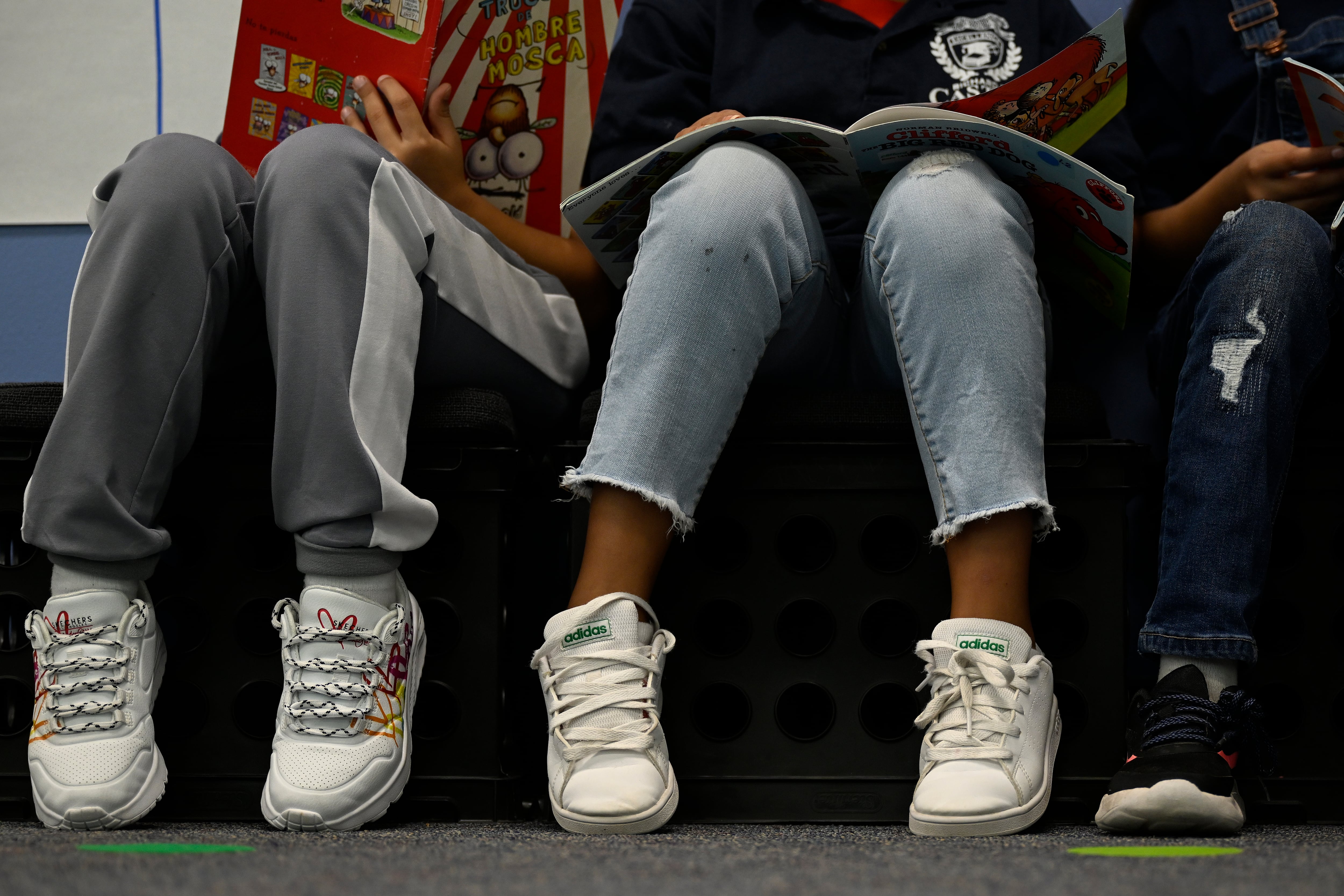A decade ago, Denver Public Schools was opening new schools at a rapid pace as enrollment in Colorado’s largest school district continued to climb. But school openings far outpaced the growth in enrollment, a Chalkbeat analysis found.
Now, enrollment is dropping and Denver is considering closing some elementary schools.
Superintendent Alex Marrero says some schools have gotten too small to offer robust programming. Marrero hasn’t yet announced which schools he will recommend for closure, but he said the school board is expected to vote on the recommendations next month.
With those difficult decisions looming, Chalkbeat took a look at how the number of students in Denver Public Schools — and the number of schools — have changed over time.
Both enrollment fluctuations and the philosophy of school reform contributed to why Denver opened and closed so many schools in the past 20 years. School reform calls for closing and replacing struggling schools in the hopes that the new schools will do better.
Denver was also friendly to new charter schools, sharing tax revenue and school buildings and encouraging high-performing charter networks to expand. But charter schools have also closed at a higher rate than district-run schools, often of their own volition.
In the past few years, new school board members have steered the district in a different direction, away from reform and school closures. But they’re now being forced to confront the possibility of consolidating small schools, effectively shuttering some.
Here are five takeaways from Chalkbeat’s analysis of student enrollment data and school openings and closings between the 2001-02 and 2021-22 school years.
Denver added schools faster than students
Over the past 20 years, Denver Public Schools has added a lot of schools. It has added students, too — but at a much slower rate.
The number of public schools in Denver grew 55% between the 2001-02 and 2021-22 school years, while the number of students grew just 12%.
Denver went from having 132 schools serving about 72,000 students in 2001-02 to 204 schools serving nearly 89,000 students in 2021-22.
The same trend holds true for elementary schools, where the superintendent has said closures are imminent. The number of elementary schools in Denver grew 23% over the past 20 years, while the number of students grew just 4%.
Denver’s school-to-student ratio is shrinking
Because of that uneven growth, Denver’s ratio of schools to students has shrunk.
In 2001-02, Denver had one school for every 545 students. In 2021-22, it had one school for every 435 students. That has led to a rise in the number of small schools, or schools with so few students that they struggle to operate on their per-pupil funding.
At the elementary level, Denver had one school for every 396 students in 2001-02. Twenty years later, it had one elementary school for every 335 students.
Denver officials have said the district struggles to maintain robust programming at elementary schools with fewer than 300 students. A committee has recommended Denver shutter elementary schools that have fewer than 275 students and expect to lose even more.
New schools were both district-run and charter
The openings of both new district-run and charter schools helped drive the increase in the number of schools in Denver over the past 20 years.
Between 2001-02 and 2021-22, Denver opened 72 new charter schools, which are publicly funded but independently run, and 70 new district-run schools.
Some were new schools. Others were efforts to restart existing schools with new names and new programming in an attempt to boost test scores.
At the elementary level, Denver opened 20 new charter schools between 2001-02 and 2021-22, most of them new schools in growing parts of the city or offering unique programming. It also opened 33 new district-run schools, though more than a third were restarts of existing schools, such as the transition of Ford Elementary to DCIS at Ford.
But charter schools grew at a faster rate
The number of new district-run and charter schools was nearly equal, but the rate at which each type of school grew was vastly different. While district-run schools saw steady, modest growth, charter school growth skyrocketed over the past 20 years.
That’s partly because charter schools were a fairly new concept in 2001. Colorado passed the law authorizing them in 1993, and Denver didn’t get its first charter school — P.S. 1 — until 1995.
By 2001-02, Denver had eight charter schools, which made up 6% of all schools. Twenty years later, Denver had 57 charters, which accounted for 28% of all schools.
Meanwhile, the number of district-run schools went from 124 in 2001-02 to 147 in 2021-22. Their proportion of all schools shrank from 93% to 72%.
At the elementary level, charter schools accounted for 5% of all Denver elementary schools in 2001-02. Twenty years later, they accounted for 18%.
Charters also closed at a higher rate
Denver charters have also closed at a higher rate than district-run schools. Twenty-two charter schools closed between 2001-02 and 2021-22. That’s about 27% of all charter schools that existed in Denver at any time during those 20 years.
Some of those 22 charter schools closed voluntarily, meaning the charter school’s own board of directors voted to close the school. In other cases, the Denver school board didn’t renew a school’s charter, often because of low test scores.
Four of the 22 closed charters were elementary schools that closed for good, meaning they didn’t immediately reopen with a new name and new programming.
In that same time period, the Denver school board voted to close 38 district-run schools because of low test scores or low enrollment. That’s about 20% of all district-run schools that existed in Denver at any time over those 20 years.
Twelve of the 38 closed district-run schools were elementary schools that closed for good.
Melanie Asmar is a senior reporter for Chalkbeat Colorado, covering Denver Public Schools. Contact Melanie at masmar@chalkbeat.org.






